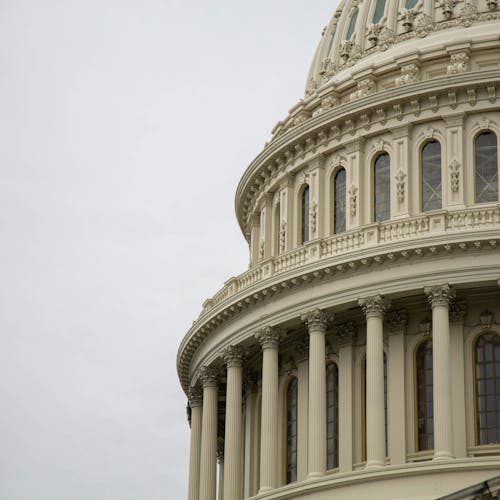RWJMS report highlights inaccuracies in maternal mortality rates identified by CDC

A recent study from Robert Wood Johnson Medical School (RWJMS) researchers determined that the Center for Disease Control and Prevention estimates for maternal death rate in the U.S. are inflated.
Cande Ananth, a professor in the Department of Obstetrics, Gynecology and Reproductive Sciences, the chief of the Division of Epidemiology and Biostatistics at RWJMS and senior author of the study, explained how the CDC calculates maternal mortality rates, where inaccuracies may arise and how their methodology differs from the report's.
The CDC releases its maternal mortality statistics in two different publications, the National Vital Statistics System (NVSS) and the National Center for Health Statistics (NCHS), Ananth said.
It has historically calculated maternal mortality rates using a checkbox system, which resulted in flawed interpretations, Ananth said. The errors in the checkbox system were flagrant enough that the organization stopped tracking the rate between 2004 and 2017.
He said the study produced revised statistics of maternal mortality in the U.S. which corroborate those published in the NCHS, but not those published in the NVSS. The results reported in the NVSS present a national maternal mortality rate that is not only distorted but also one that is increasing annually.
From 2018 to 2021, the CDC determined the nation's maternal mortality rate to be slightly more than 23 deaths per 100,000 live births, he said.
Ananth said he and his fellow researchers refined the data to exclude those more than 85 years of age and reclassified some causes of death to correctly delineate between obstetric and non-obstetric causes.
Some examples of obstetric causes of death include those related to high blood pressure, postpartum hemorrhages and other blood-related complications and seizures, Ananth said.
Their results found the rate to be closer to 10 deaths for every 100,000 live births, and that the U.S. maternal mortality rate has generally decreased over the last 15 years.
Having these issues in reporting is significant because the results of the NVSS are more apparent than the NCHS, he said. This visibility can be attributed to the fact that the NVSS is published earlier than that of the NCHS, capturing more attention from the media and policy makers.
Ananth said the results of this study should mitigate public fears about an increasing maternal mortality rate and drive health care providers to work harder to reduce rates further rather than becoming complacent.
The results of the study also corroborate trends regarding racial disparities in health care, he said. He said the maternal mortality rate for Black women in the U.S. is about three times higher than that of white mothers.
"I think we should spend efforts to identify the reasons for (these) prevailing and very persistent disparities in maternal mortality," he said. "And identify ways to actually close the race gap in maternal deaths."
He said he suspects structural racism to be the root cause of these disparities and calls for action to be taken at local, federal and state levels to mitigate it.
Ananth and his fellow researchers particularly hope that their study can garner the attention of the media and policy makers, especially in New Jersey, where First Lady of New Jersey Tammy Murphy announced a maternal health initiative.
"I hope New Jersey is sort of leading the way in (this) effort," Ananth said. "I think building a better awareness of the serious maternal complications that women face during pregnancy and efforts to predict and prevent the occurrence of these serious maternal complications will go a really long way in reducing the burden of maternal deaths in the state, as well as in the country."



